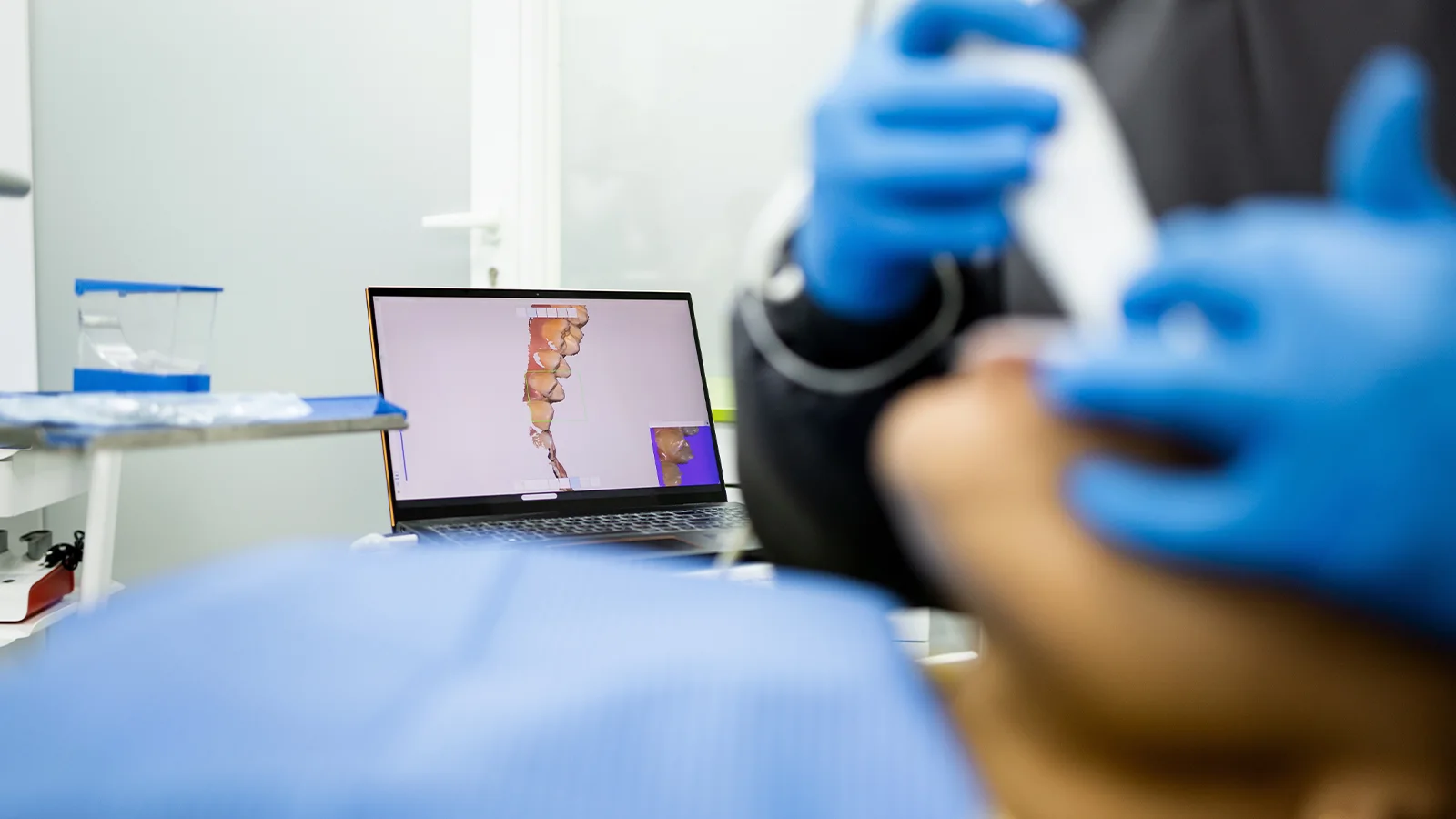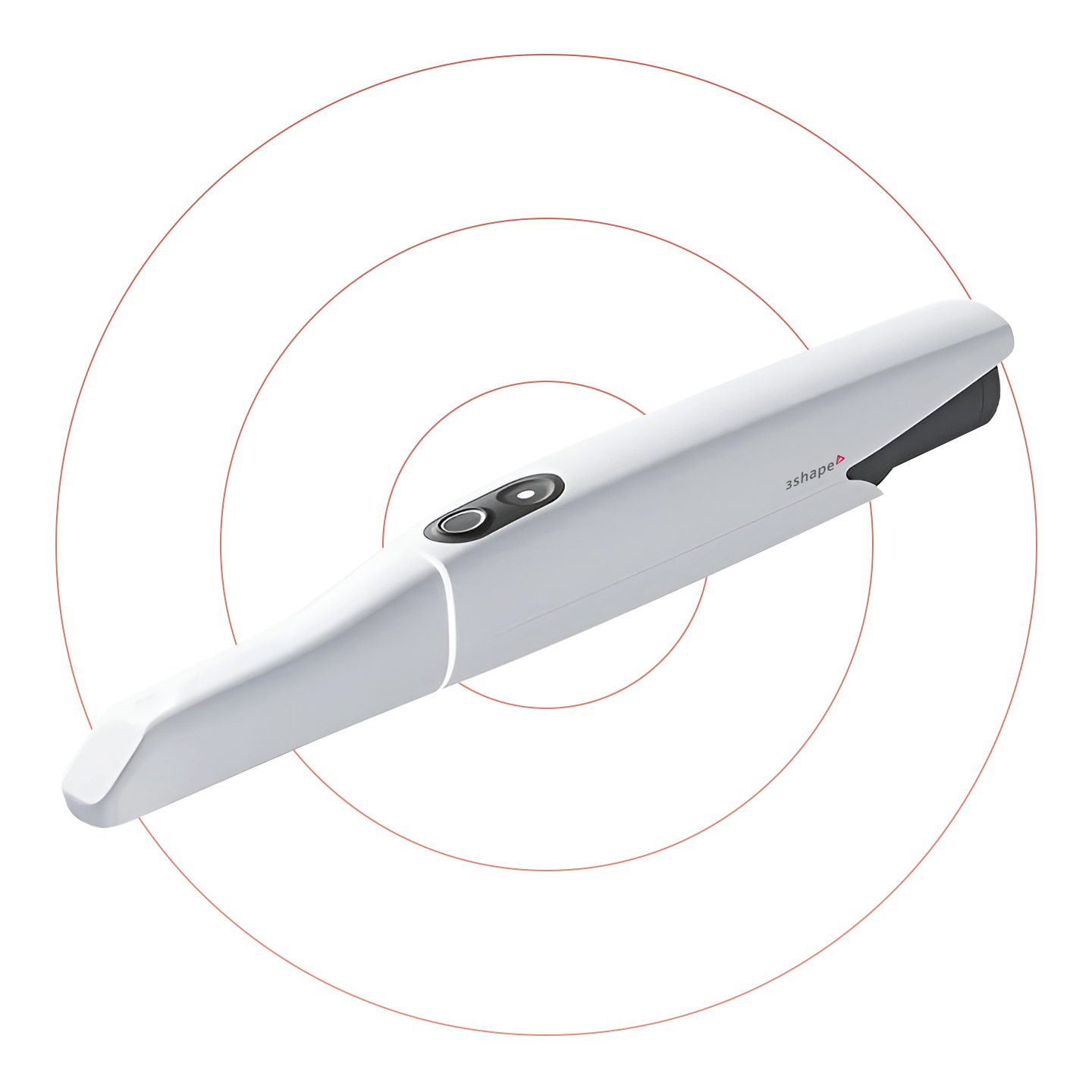Dental Impressions Simplified: Understanding Types, Materials, and Digital Advancements
Dental impressions are the backbone of many routine and advanced dental procedures. They allow dentists to create an exact replica of a patient’s oral anatomy, paving the way for personalized treatments like crowns, retainers, and dentures. While traditional impression methods have served dentistry for decades, the rise of digital technology is transforming this vital process. But what exactly are dental impressions, and how do types, materials, and modern methods compare? Here, we’ll explore everything you need to know.
What Are Dental Impressions?
A dental impression is a mold or scan that captures the shape, structure, and alignment of a patient’s teeth, gums, and surrounding tissues. These impressions are essential for diagnosing dental conditions, creating prosthetics, and planning treatments.
Dentists rely on two overarching methods to collect impressions:
- Traditional methods use putty-like materials, such as alginate or elastomers, to create physical molds.
- Digital methods use handheld intraoral scanners to produce 3D virtual models.
Both techniques aim to capture a patient’s oral details, but digital impressions bring extra speed, accuracy, and comfort to the table.
The Three Main Types of Dental Impressions
Not all dental impressions serve the same purpose. Depending on a patient’s needs, dentists use one of three main types of impressions.
1. Preliminary Impressions
Preliminary impressions are the first step in many dental treatment plans. These are typically taken at the beginning of a patient’s care to get an initial overview of their oral anatomy.
Purpose:
- Diagnostic evaluations.
- Treatment planning for prosthetics like dentures, veneers, and night guards.
Materials Used:
- Alginate: This popular hydrocolloid material is easy to use and provides quick results, making it ideal for preliminary impressions.
Procedure Time:
About 15 minutes, including preparation and setting.
Key Features:
Preliminary impressions are not meant for exact precision but rather to provide a general map for the dentist to design treatment strategies.
2. Final Impressions
When precision is a priority, final impressions come into play. These detailed molds capture intricate features, including preparation margins, occlusal surfaces, and gumlines, to ensure restorations or prosthetics fit perfectly.
Purpose:
- Creating crowns, bridges, dentures, and other high-fidelity restorations.
Materials Used:
- Elastomeric materials: Polyvinyl siloxane and polyether dominate this category due to their exceptional dimensional stability and ability to capture fine details.
Procedure Time:
Similar to preliminary impressions, final impressions take around 15 minutes. However, thorough inspection is critical, as imperfections can require retakes.
Key Features:
Final impressions bring accuracy to the forefront. They ensure restorations fit seamlessly, avoiding uncomfortable adjustments or remakes later on.
3. Bite Registration Impressions
Bite registration impressions focus exclusively on capturing how a patient’s upper and lower teeth come together. Proper bite alignment is paramount for functional and comfortable restorations.
Purpose:
- Assessing bite alignment for prosthetic or restorative work like dentures or crowns.
Materials Used:
- Polymers like polysiloxane or articulating papers are common. Some practitioners also use digital scanners for enhanced precision.
Procedure Time:
Bite registrations are quick, often taking just a few minutes.
Key Features:
Accurately capturing bite alignment ensures patients avoid complications such as uneven pressure or discomfort when biting or chewing.
Materials Behind the Impressions
Impression materials can be broadly categorized into two types:
- Hydrocolloids (e.g., alginate): Flexible materials known for their ease of use but limited by their dimensional instability.
- Elastomers (e.g., polyvinyl siloxane): Advanced materials that prioritize precision and longevity.
For decades, material science has influenced dental progression significantly, with the transition from wax-based molds in the 1800s to elastomers revolutionizing precision today.
The Rise of Digital Dental Impressions
While traditional impressions remain widely used, digital dental impressions are modernizing the field. These advanced techniques employ intraoral scanners to capture a patient’s oral cavity in real-time 3D, offering numerous advantages over their traditional counterparts.
Advantages of Digital Impressions
1. Enhanced Accuracy
Digital systems eliminate many errors associated with physical molds, such as distortion from material shrinkage or human error. This ensures near-perfect precision, reducing the likelihood of remakes or misfits.
2. Improved Patient Comfort
Patients often find traditional molds uncomfortable, as the putty-like material can trigger gag reflexes or cause discomfort. Digital impressions, on the other hand, replace the gooey trays with a painless scanning wand, creating a much more pleasant experience.
3. Faster Turnaround Times
Since digital scans are electronically transmitted to labs within seconds, the production of restorations can begin almost immediately. This reduces the waiting time for both dentists and patients.
4. Streamlined Workflow
Digital impressions integrate seamlessly with CAD/CAM (Computer-Aided Design/Manufacturing) systems, allowing dentists to design crowns, aligners, or bridges in-house.
5. Cost-Effectiveness
While the upfront investment in digital tools may seem steep, practices save money in the long run by eliminating physical materials, shipping costs, and the potential for retakes.
6. Eco-Friendly Solution
Digital dentistry minimizes waste by removing the need for disposable trays and shipping materials, making it an environmentally responsible option.
7. Patient Engagement
Digital impressions allow patients to visually assess their oral health in real-time. This transparency boosts trust and lets them better understand their treatment plans.
Use Cases for Digital Impressions
Digital impressions are ideal for a variety of procedures, including but not limited to:
- Restorations like crowns, bridges, and veneers.
- Orthodontic planning with clear aligners or braces.
- Implant placement requiring high precision.
- Prosthodontic solutions like dentures and partials.
Final Thoughts
Dental impressions, whether traditional or digital, are at the heart of delivering high-quality patient care. While traditional methods have served their purpose for years, the transition to digital impressions brings unmatched convenience, precision, and patient satisfaction.
For dental practices, adopting digital technology is not just an upgrade; it’s an opportunity to improve workflows, build stronger patient relationships, and secure a competitive edge in the evolving industry.
If your practice hasn’t made the move to digital impressions yet, now is the perfect time. Investing in this cutting-edge technology will keep you ahead of the curve, ensuring you deliver top-tier experiences to every patient who walks through your door.


